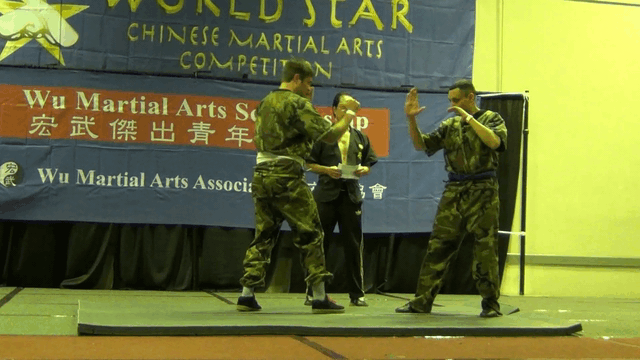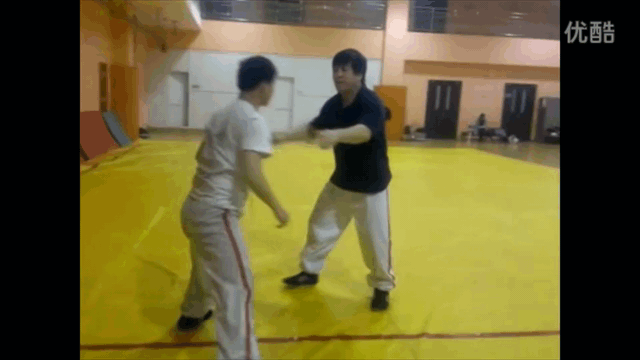drop bear
Sr. Grandmaster
Another fine example of PPCT.
So this is an example of a standing arm bar set up that won't work taught to people that are going to go out and have to fight people.
And it it trained and sold in a manner that dishonestly represents a working technique.
Now this will trap you in two ways.
Either you try this and get flogged. And the instructor still takes his pay check and goes home to his family.
Or you do something that works like punch him in the face back and get screwed in court because you didn't do the scissor arm block take down.
Normally with some statement on how you were trained to competency on defensive tactic and so were able to safely restrain the guy but just chose not to.
Now the really fun part of this is because you are not the qualified self defense instructor. You are not in a position to know that move doesn't work. Only the instructor is and everyone will just take his word on it.
(Sorry there is a third. You eat the punch and legally short the guy. And everyone but dead guy is happy.)
Of course training evidence based and with accountability would clean this up. One set of boxing gloves and a zero success rate would force people to reevaluate the harm they are causing.
But there are too many excuses for this to happen.


